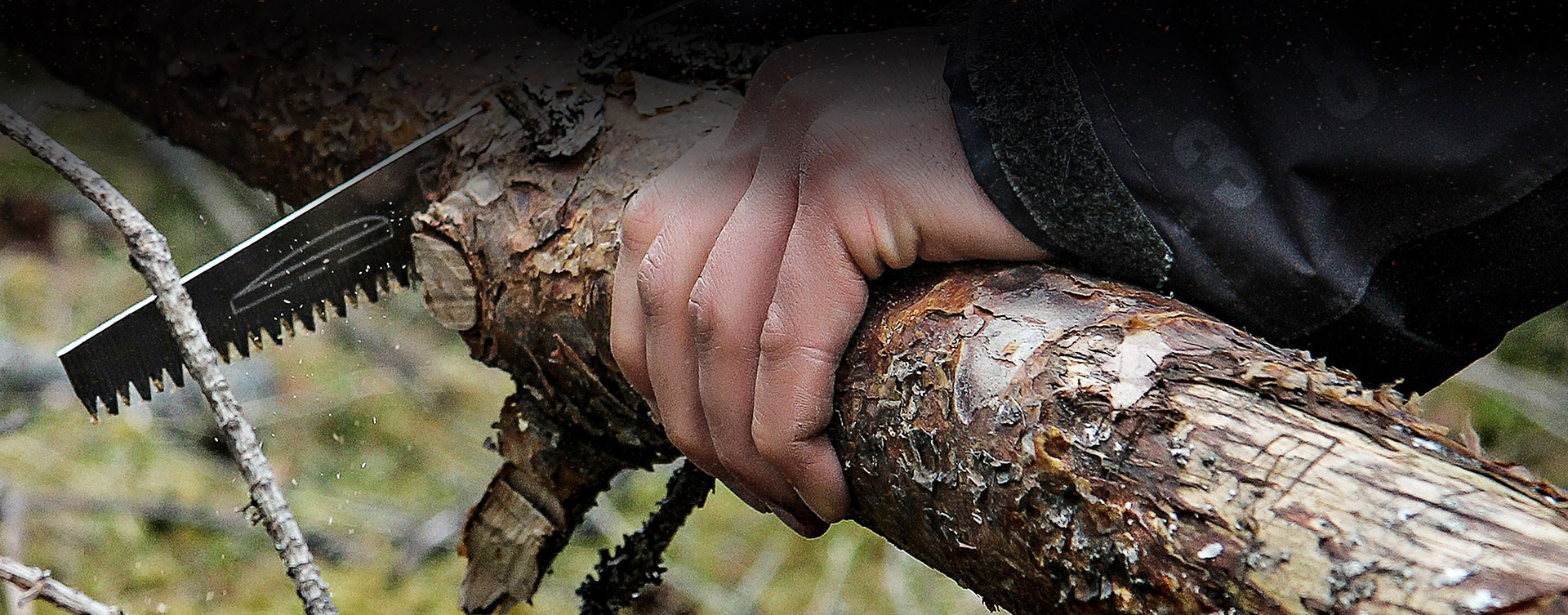
We always hope it will never happen but what if you get lost in the great outdoors, injured or a friend you’re out with breaks a leg? Getting your location out to potential rescuers is a hugely under rated topic that should be learnt by anyone spending time in the wilderness. Here’s 10 quick tips for getting yourself found quicker by the emergency services and SAR.
- Within a Survival scenario we always work to the 72 hour window……..you need to get yourself found within this time frame, after which SAR and emergency services begin to scale down the search.
- Leave a Route Card – We’ve all been guilty of it, heading off into the nature without telling anyone where we’re going. A route card can be given to a loved one, pinned on the fridge or left with a ranger station or the local police. A route card should include;
- Start point + Time
- End point + return time
- Rough route intended
- Potential contingency routes (if your plans change)
- Other members of the party and contact details
3. Mobile phones – Make sure your phone is charged, battery packs can also be bought for cheap to top your phone up if it’s running low. In an emergency use either 999 or 112, contrary to popular belief they will give you the same service. 112 is a pan european number but will also work in some 60+ other countries. If your phone has no signal whilst calling emergency services, your phone will “camp-on” another network, this is not the same as roam. A “camped-on” phone can only make outgoing calls and cannot receive incoming even if its from the emergency services. For wilderness emergency’s call 999/112 and ask for the police and then mountain rescue
4. Register with the 999/112 text service. Simply send register by text to 999/112, – if your phone has no signal or can’t “camp-on” to another network then you may be able to send a text to the emergency services. The text will also sit in your “outbox” until sufficient signal is gained to send it
5. Did you hear that? – Of the number of rescues I’ve been part of the whistle is the first thing you’ll hear. The correct distress signal on the whistle is 6 long blasts over 1 minute. If you hear this when out and about, reply with 3 short blasts and repeat until you close into the individual needing assistance. A quality whistle can be heard for over 1 mile in good conditions. A loud shout will carry for nearly a kilometre.
6. See the light – Apart from the obvious advantages of always carrying a head torch (!) it can also be used for signalling. Most modern head torches have a strobe setting on them which can be seen for miles. If you don’t have a strobe setting the emergency signal is the same as the whistle above. Always carry a space blanket, apart from first aid uses they can also be pinned down onto the ground and light shon onto it to increase the light signature .Cameras and modern smart phones have a flash setting on the camera, there have been cases of people being found using this. A “Heliograph” or mirror is a massively under-rated bit of kit and can be seen for 20 nautical miles or a ceiling of 10,000 feet +.
7. Be safe, be seen – There’s no need to be going out in camouflage unless you are in the military……Bright coloured clothing makes you instantly stand out. Orange is the first and last colour seen by the human eye but can sometimes blend in to the surroundings. “UN Blue” is our favoured colour as it is un natural in almost any terrain.
8. Ground to Air signalling (GTAS) – If you remember any GTAS it should be the inverted V, this is the international sign for “assistance required”. Always carry an orange survival bag, these can be cut up and fashioned into a GTAS along with foil blankets and any other bright materials you may have such as role mats, sleeping bags and jackets. Ideally the inverted V should be 15 feet x 3 feet.
9. Hold their attention – Once you have attracted the rescuers stand with your feet together with your arms outstretched above your head in a Y shape, this is the stance for “assistance required”.
10. Prevention rather than cure – For the outdoor enthusiast, statistically, the number 1 reason you are likely to need rescued is due to a navigational error. Spend time brushing up on map and compass work, and carry a GPS for back-up use only. Avoid using phone apps as this runs the battery low quickly. One of the first thing SAR/emergency teams will ask for is a 6 figure grid reference, make sure you can relay this along with the 2 letter Pre-fix (these are the blue letters that split the OS map into separate sheets).
Keep up to date with our blog for more offers on our Bushcraft and Survival Courses in Scotland and North East England – We feature discounts and competitions regularly.











 Message an Instructor now
Message an Instructor now